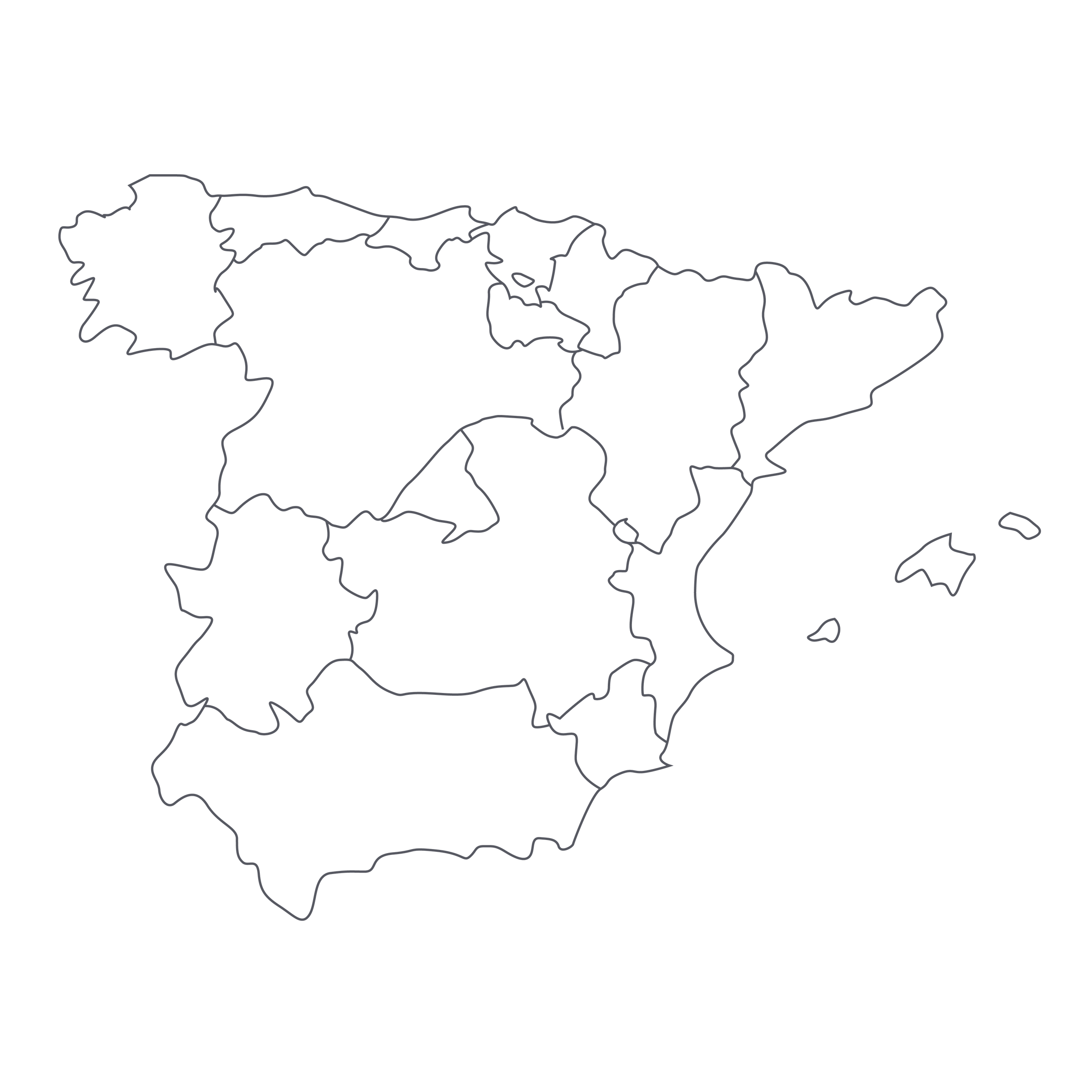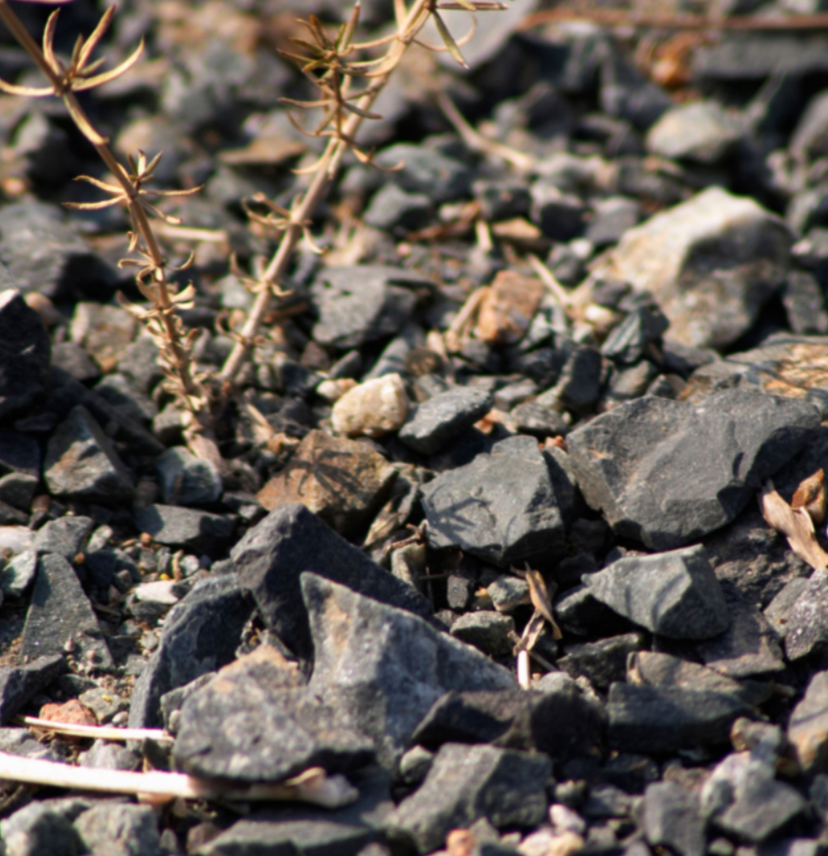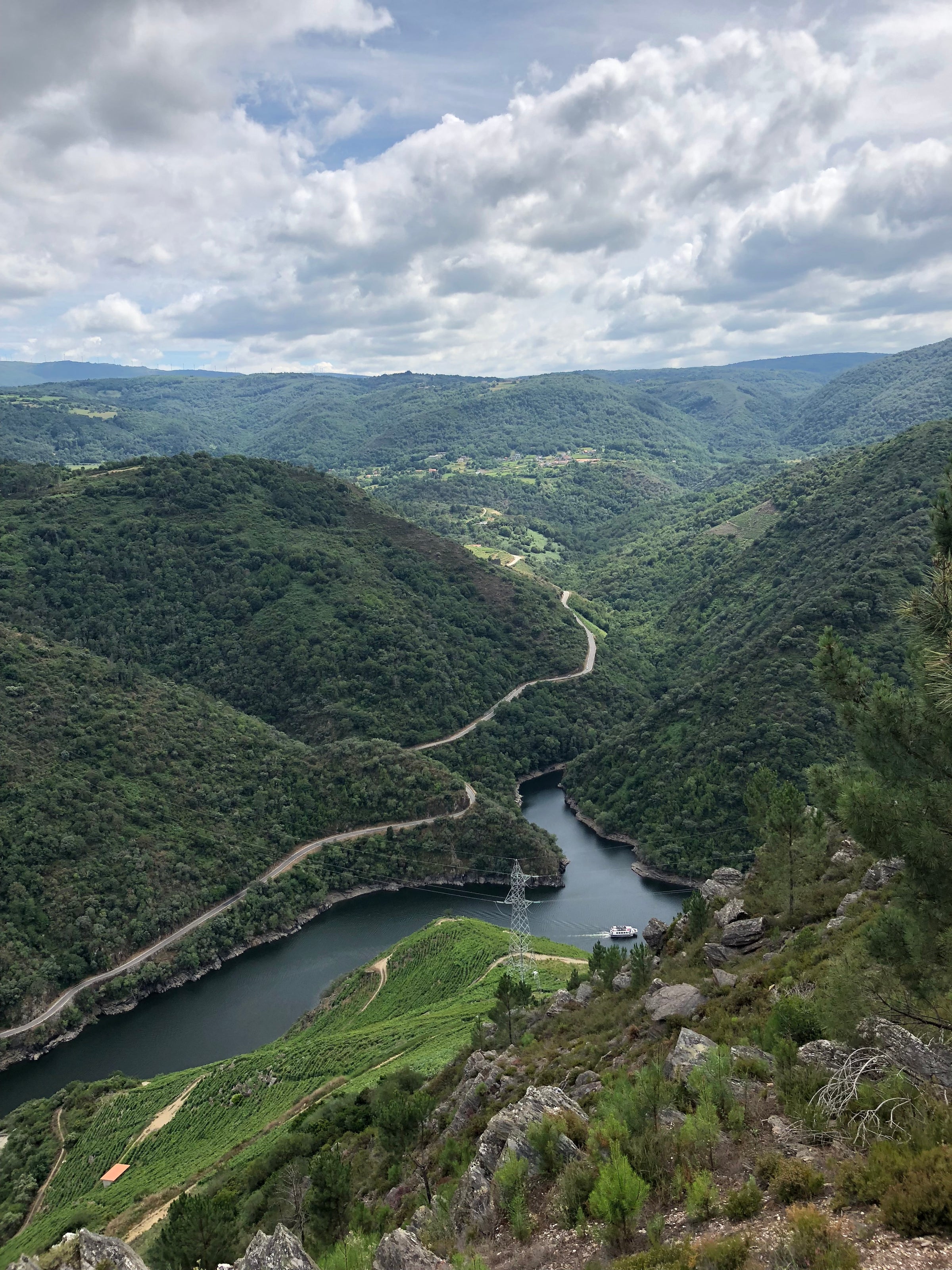We love bubbles. We love Champagne. And we really love sparklers that sing with their own identity while also competing with the best of Grower Champagne. Today’s wine does just that with full-throated confidence. Anima Mundi’s single-vineyard “Metode Ancestral” sparkler defies conventional descriptors and refuses to be easily confined to one category. We live for wines like this—the kind that reminds us all of the excitement and new experiences that are still possible in this industry. Yes, it may share Champagne’s signature chalky soils, but this distinct bottling hails from the Northeast corner of Spain. It’s a 100% natural wine with bubbles, but to call this wine “just” a pétillant naturel is akin to calling the Rolling Stones “just” a rock band.
In the glass, it reveals a profound core of exuberant, textural fruit and the chiseled mineral depth akin to top Grand Cru Grower Champagne. There is gravitas that comes with this party wine—it is a sparkling showpiece that demands to be taken seriously, not guzzled. It represents what is both dynamic and new, as well as ancient and traditional in today’s most exciting winemaking. Less than 200 cases were produced and, considering the one-man show behind the wine and the remarkable vineyard source, it all makes sense...except for its price!
The path that winemaker Agusti Torello Roca took to founding his label Anima Mundi is one of a dedicated winemaker trying to re-connect with his land. Grandson of Agustí Torello Mata, who founded the well established traditional Cava-producing estate of the same name, Agusti Torello Roca is prominent amongst a handful of young, dedicated Cava producers striving to take the quality of sparkling wine production in Penedès to higher levels today. They are putting the emphasis on vineyard-specific wines, organic farming, hand-harvesting, and extended lees aging. In 2013, Agusti and his father (also named Agusti), founded the AT Roca label with a focus on organic farming. They joined a small group of growers that defected from the DO Cava, the massive category that spans 23 different regions across Spain, in establishing “DO Classic Penedès.” The new DO has much stricter guidelines dictating both geography and production. After focusing on the ideals of organic stewardship with AT Roca, Agusti wanted to take things one step further in his quest for re-connection with the land. For that, he needed even tighter focus and stricter guidelines.
With Anima Mundi, Agusti could fully integrate the principles of no sulfur and fully biodynamic farming, stripping as many interventions as possible in wine production. Anima Mundi (which translates as “soul of the world”) checks all the boxes for the natural wine production: biodynamic; zero sulfur; natural yeast fermentation; the use of amphora, concrete, and used barrels for fermentations and aging. The vineyard land for Anima Mundi is all estate owned and from certified organic vineyard sites in the Alt- Penedès. Today’s wine comes from “Noguer Baix” (directly translated from Catalan as “low walnut”), a north-facing vineyard with deep, chalky soils planted to Macabeu in 1974. After harvest, the Macabeu grapes are pressed whole cluster and put into 600-liter clay amphorae for fermentation using only indigenous yeasts. Before primary fermentation is complete, the wine is bottled with around 20 grams/liter of residual sugar remaining, creating the bubbles using the metode ancestral (“ancestral method,” advertised clearly on the wine’s label as “M. Ancestral”). Agusti’s experience with the production of traditional Champagne-method sparklers gives his wines a precision even when working in the natural mode. He’s worked backwards from the most technical, applying that know-how to the more traditional process for Anima Mundi’s wines.
After primary fermentation is over, the wine rests on the lees for two years before being disgorged (only to discard the chunkiest of yeast sediment). It is never subject to filtration or addition of sulfites. The consequence is an effusive swirl of aromas when poured in the glass, with layers of ripe pear, ginger, lime zest, oyster shell, and brioche. The ride continues on the palate with almond skin, clementine, river stones, chalk, and saltwater. The textural weight on the mid-palate counters beautifully with sturdy acid structure, making for a balanced and resounding experience. With the pared-down production, comes a clarity and transparency of fruit that makes the profile so unique. As with all sparkling wines of any distinction, I recommend drinking in an all-purpose wine glass as opposed to a flute. There are way too many complex aromas here to be potentially lost. With that in mind, I recommend serving this closer to 50 degrees, not so ice-cold as to numb the experience of the aromatics and fruit. We could drink many glasses of this on its own but there’s enough stuffing in the wine to pair alongside dinner as well. Check out the attached recipe and be sure not to miss this delicious, festive bubbly!





